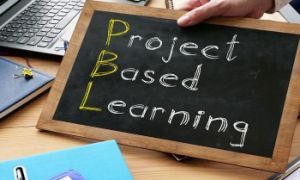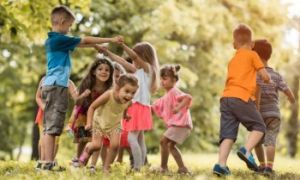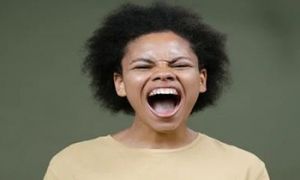Erik Erikson’s theory of psychosocial development is a great framework for designing activities that support children’s growth at different stages. The following article provides Activities That Link To Child Theorist Erik Erikson and Linking Eriksons Theory To The EYLF.
Activities That Link To Child Theorist Erik Erikson
Here are some activities linked to his stages that you can incorporate into your early childhood education curriculum:
1. Trust vs. Mistrust (Infancy)
- Sensory Play: Create a safe and nurturing environment with sensory activities like water play, sand play, and soft toys. This helps infants develop trust in their caregivers and surroundings.
- Consistent Routines: Establish predictable routines for feeding, sleeping, and playtime to build a sense of security and trust.
2. Autonomy vs. Shame and Doubt (Toddlerhood)
- Self-Help Skills: Encourage toddlers to practice dressing themselves, washing hands, and choosing their snacks. This fosters independence and confidence.
- Exploration Time: Provide opportunities for toddlers to explore their environment safely, such as through supervised outdoor play or indoor obstacle courses.
3. Initiative vs. Guilt (Preschool)
- Role-Playing: Set up role-playing scenarios like a pretend grocery store or doctor’s office. This allows children to take initiative and make decisions in a safe setting.
- Choice-Based Activities: Offer a variety of activities and let children choose what they want to do. This promotes decision-making and planning skills.
4. Industry vs. Inferiority (School Age)
- Project-Based Learning: Engage children in group projects where they can work together to achieve a common goal, such as building a model or creating a garden. This helps them develop a sense of competence and teamwork.
- Skill-Building Activities: Introduce activities that build specific skills, like cooking, crafting, or simple science experiments. Celebrate their achievements to boost their confidence.
5. Identity vs. Role Confusion (Adolescence)
- Personal Projects: Encourage adolescents to take on personal projects that reflect their interests and passions, such as writing a story, creating art, or starting a small business.
- Discussion Groups: Facilitate group discussions on topics like values, goals, and personal identity. This helps them explore and solidify their sense of self.
These activities not only align with Erikson’s stages but also promote holistic development by addressing emotional, social, and cognitive growth.
Linking Erik Erickson To The EYLF
Linking Erik Erikson’s stages of psychosocial development to the Early Years Learning Framework (EYLF) can help create a comprehensive approach to early childhood education. Here’s how you can align Erikson’s stages with the EYLF outcomes:
1. Trust vs. Mistrust (Infancy)
- EYLF Outcome 1: Children have a strong sense of identity
- Secure Relationships: Build trusting relationships with infants through consistent and responsive caregiving.
- Safe Environment: Create a safe and nurturing environment where infants feel secure and valued.
2. Autonomy vs. Shame and Doubt (Toddlerhood)
- EYLF Outcome 2: Children are connected with and contribute to their world
- Independence: Encourage toddlers to make choices and develop self-help skills, fostering their sense of autonomy.
- Exploration: Provide opportunities for safe exploration and discovery, supporting their growing independence.
3. Initiative vs. Guilt (Preschool)
- EYLF Outcome 3: Children have a strong sense of wellbeing
- Initiative: Offer activities that allow children to take initiative, such as role-playing and choice-based activities.
- Emotional Support: Support children in expressing their ideas and taking risks in a safe environment, helping them develop confidence.
4. Industry vs. Inferiority (School Age)
- EYLF Outcome 4: Children are confident and involved learners
- Skill Development: Engage children in projects and activities that build specific skills and promote a sense of competence.
- Teamwork: Encourage collaborative projects that help children work together and feel a sense of accomplishment.
5. Identity vs. Role Confusion (Adolescence)
- EYLF Outcome 5: Children are effective communicators
- Self-Expression: Provide opportunities for adolescents to explore their identities through personal projects and discussions.
- Communication: Facilitate group discussions and activities that help them articulate their thoughts and feelings.
By integrating Erikson’s stages with the EYLF outcomes, you can support children’s holistic development and ensure that your teaching practices are aligned with both developmental theory and educational standards.
Further Reading
Child Theorists and Their Theories in Practice
Erik Erikson - Psychosocial Development
Activities That Link To Jean Piaget's Sensorimotor Stage and Preoperational Stage
References:
Applying Erik Erikson In The Learning Environment, The Classroom
Various Activities For Teaching Erik Eriksons Theory, Personality Pedagogy
Erikson's Stages Of Development, Positive Psychology


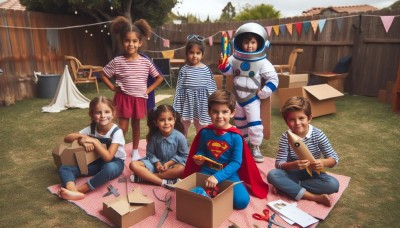

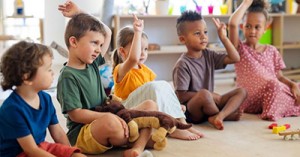
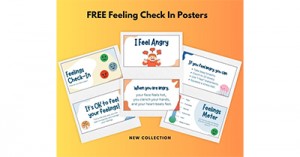

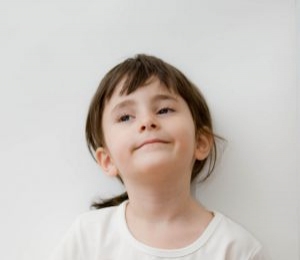 Open ended questions cannot be responded to with one word answers such as yes or no. These types of questions enables a child to provide
Open ended questions cannot be responded to with one word answers such as yes or no. These types of questions enables a child to provide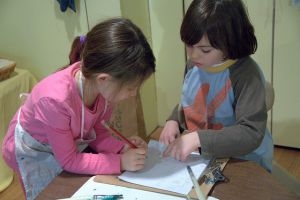 During your child’s preschool years, an important milestone begins to emerge. This is the development of pre-writing skills. Pre-writing skills are used to encourage, develop
During your child’s preschool years, an important milestone begins to emerge. This is the development of pre-writing skills. Pre-writing skills are used to encourage, develop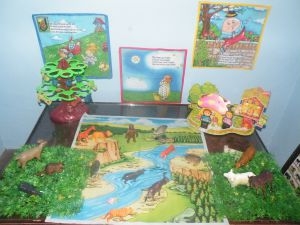 Open ended materials enables children to play freely. They are objects that have no rules to follow, use or function. Raw materials that can be
Open ended materials enables children to play freely. They are objects that have no rules to follow, use or function. Raw materials that can be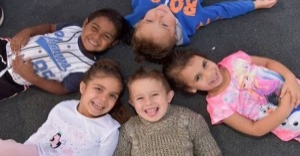 An Acknowledgment of the Country is a way of showing respect for the Traditional Owners and can be given by both non-Indigenous people and Aboriginal
An Acknowledgment of the Country is a way of showing respect for the Traditional Owners and can be given by both non-Indigenous people and Aboriginal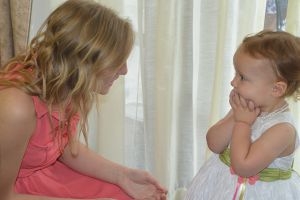 Language plays an important role in a child’s development. It enables a child to communicate effectively with their family, learn at school, socialize with friends,
Language plays an important role in a child’s development. It enables a child to communicate effectively with their family, learn at school, socialize with friends,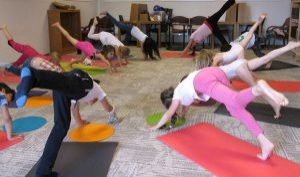 Like adults, children have to deal with their own stress in life. Moving house, starting a new school, preparing for a new sibling - these are
Like adults, children have to deal with their own stress in life. Moving house, starting a new school, preparing for a new sibling - these are Playdough is such a versatile material. It provides numerous benefits to children as they manipulate it, it is safe and soothing and provides children with
Playdough is such a versatile material. It provides numerous benefits to children as they manipulate it, it is safe and soothing and provides children with Teaching children about sustainability enables them to appreciate and respect the natural environment. Early childhood services can provide meaningful hand on learning experiences in order
Teaching children about sustainability enables them to appreciate and respect the natural environment. Early childhood services can provide meaningful hand on learning experiences in order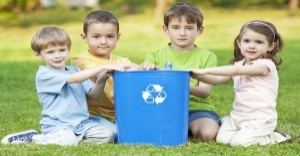 Recycling is an important concept that teaches children to care for the environment. It encourages children to be responsible and show a growing appreciating for
Recycling is an important concept that teaches children to care for the environment. It encourages children to be responsible and show a growing appreciating for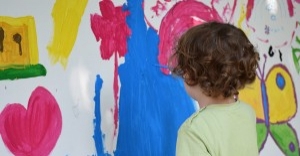 When children apply paint to paper, glue things together, or pound a lump of clay, they experiment with colour, shape design and texture.
When children apply paint to paper, glue things together, or pound a lump of clay, they experiment with colour, shape design and texture.
